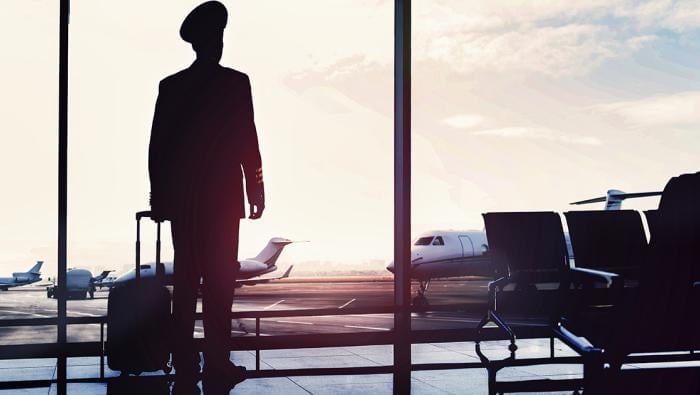I want to seek help more than anything. I really do. I want to get better. I just know if I try, I will have to give up on aviation, and frankly, I'd rather not be here than to do that. So here I am.
Those were the words that John Hauser left for his mother, Anne Suh, and his father, Alan Hauser, before he drove a Piper Archer TX into the ground near Buxton, North Dakota, on Oct. 18, 2021, committing suicide. He was 19 at the time and a student at the University of North Dakota John D. Odegard School of Aerospace Sciences.












